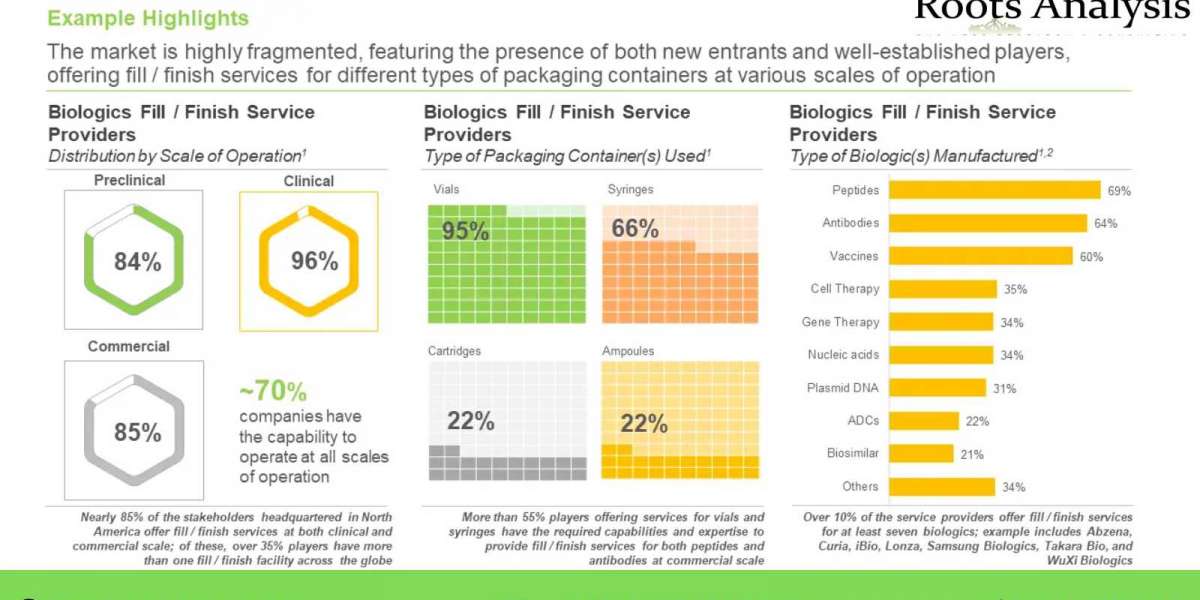Despite having come so far through medical advances, the United States - which is currently one of the most medically advanced as compared to other countries - lacks effective treatment plans for people diagnosed with devastating diseases such as cancer.
Of course, there have been many medical advancements that have changed people's lives for the better. However, there are still so many issues when we consider some of the ways treatment has been delivered over the years, making them ineffective and consumer unfriendly.
In order to break through the complexity and move innovation within medicine forward, it is crucial that product researchers, inventors, and manufacturing companies should move forward first to overcome the various barriers to healthcare development. Below are some of the examples of barriers that healthcare innovators face on a frequent basis.
Product Distribution
Unlike most consumer products, healthcare products tend to be distributed through a more complicated supply chain that involves many parties, including the manufacturers and distributors, supply agencies, nurses, physicians, and more who work to provide the product to end users and the patient who generally have no input on the product or pricing considerations. Hence, determining the best way to break into this elaborate network can seem like a daunting task.
Not Enough Access to NHS Purchasing Data
Even if medical manufacturing is large and well-connected, it can be difficult to access the purchasing, and the product requires data and input from the National Health Service. Plus, operating in the absence of this information can make accurately estimating production adoption rates and market size potential virtually impossible.
Manufacturer Access
The ability to gain access to quality manufacturers can be a tough obstacle for many healthcare inventors because of the concerns many manufacturers have about the 'intellectual property contamination' issues. Hence, manufacturers tend to avoid learning about the inventor's idea as it can be similar to an innovation within their internal research and development team they have already been working on. Hence, manufacturers do not want to run the risk of having to later prove to the judge or inventor that the idea was not stolen.
Consequently, to truly optimize the potential of healthcare innovation, it is important that individual inventors and companies should find the best ways to overcome these barriers. Fortunately, some companies are looking for solutions to counter this dilemma.
Lisata Therapeutics, for example, is an American clinical-stage biopharmaceutical company that centers its operations within the field of targeted penetration technology to enhance drug delivery to advanced solid tumors.
With roots dating back to 1980, the company is involved in the discovery, development, and commercialization of innovative therapies in order to create the ideal treatment of advanced solid tumors and other major diseases.
One of their notable works includes its lead investigational product candidate called the LSTA1, which is designed to modify the tumor microenvironment by activating an uptake pathway - enabling anticancer drugs to penetrate the solid tumors. Moreover, LSTA1 actuates an active transport system in a tumor-specific manner. Consequently, the result is systematically co-administered anticancer drugs penetrating and accumulating in the tumor while the normal tissues remain unaffected.



